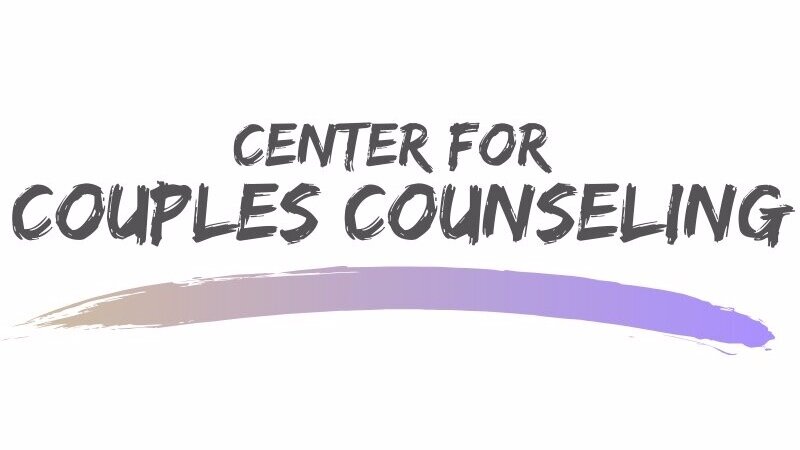Evolutionary Attachment: How our Prehistoric Ancestors could be Impacting our Modern Day Relationships
In recent years, attachment has become a buzzword in self help and counseling environments. Many people are starting to tune into the idea of attachment styles and how they impact both romantic and platonic relationships. When people think of attachment styles, upbringing and parenting usually comes to mind. The general consensus is that our early experiences with guardian figures forms our attachment style. As we branch out from our guardian attachment, we bring our learned attachment styles into both platonic and romantic relationships. For this blog I want us to take a step back and imagine how our prehistoric ancestors and their environmental stressors could impact our modern day relationships.
So why do we attach? The answer is quite simple; to survive! Let's start from ground zero. Attachment has benefited the human race since prehistoric times. In order to survive, humans had to work with others and create close relationships. Without the ability to form close relationships humans would be left to fend for themselves. Those who were unable to form attachments would most likely pass away earlier than their emotionally connected counterparts.
In addition to creating close bonds for safety, humans need the attachment system to procreate and pass along their genes. In an evolutionary mindset every biological mechanism and each human behavior is a reflection of our desire to survive, mate, and raise offspring. Thus, just like any other biological trait, attachment has been passed down through the process of reproduction.
When we start to view attachment as a survival mechanism, there is potential evolutionary reasoning behind the different attachment styles. Some attachment theorists hypothesize that the need for heterogeneity or human variability is the reason behind different attachment styles. In prehistoric times humans across the globe would have to survive in different ecosystems with different survival needs and learn to cope with those risks.
An individual who lives in an extremely dangerous ecosystem may form an avoidant attachment style in order to prepare themselves mentally for a partner or child passing away. On the other hand, individuals in dangerous environments may form an anxious attachment style reflecting hypervigilance and a need to keep loved ones close in order to protect them from environmental risks. Individuals who are not under constant environmental risk or fear of losing a loved one could potentially form a secure attachment style.
In modern days most of the human race is not constantly running away from major environmental risks as our ancestors once did, but the evolutionary impact that early human experiences has on today should not be easily dismissed. If you enjoyed exploring the idea of attachment, check my other blog discussing the four major attachment styles. If you are interested in learning more about attachment styles and how attachment may be impacting your relationship, reach out to a counselor at The Center for Couples Counseling and we would love to assist you.

